Find Help
More Items From Ergsy search
-

Pilates for Arthritis | NHS
Relevance: 100%
-

Can I do Pilates while pregnant?
Relevance: 52%
-

Reactive arthritis
Relevance: 49%
-
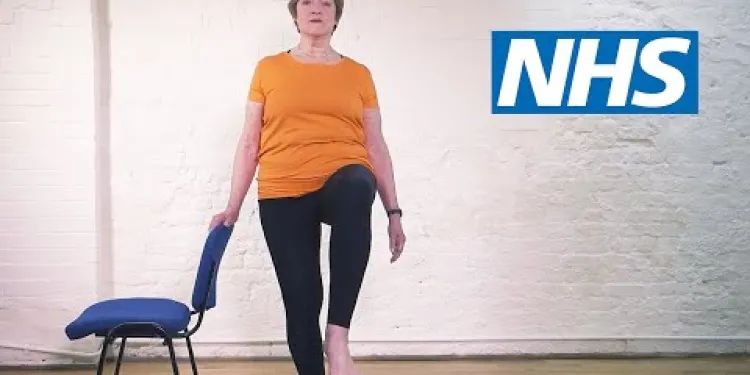
Pilates for back pain: Standing on one leg | NHS
Relevance: 46%
-
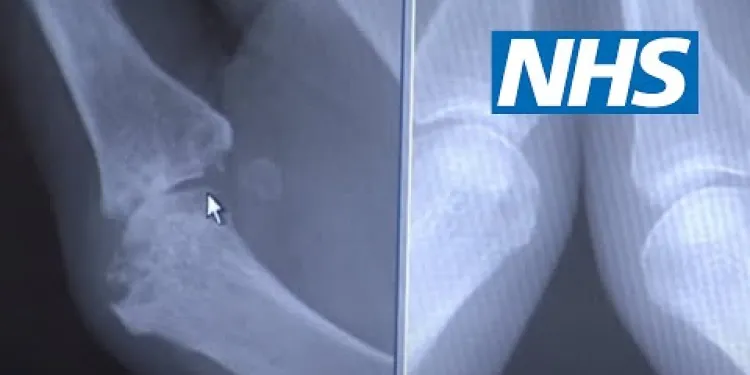
Rheumatoid arthritis | NHS
Relevance: 45%
-

Can chiropractic care help with arthritis?
Relevance: 43%
-

Pilates for back pain: Seated waist twist | NHS
Relevance: 41%
-

Pilates for back pain: Seated waist twist | NHS
Relevance: 40%
-

What exercises can I do during pregnancy?
Relevance: 19%
-

What role do chronic conditions play in driving risks for seniors?
Relevance: 14%
-
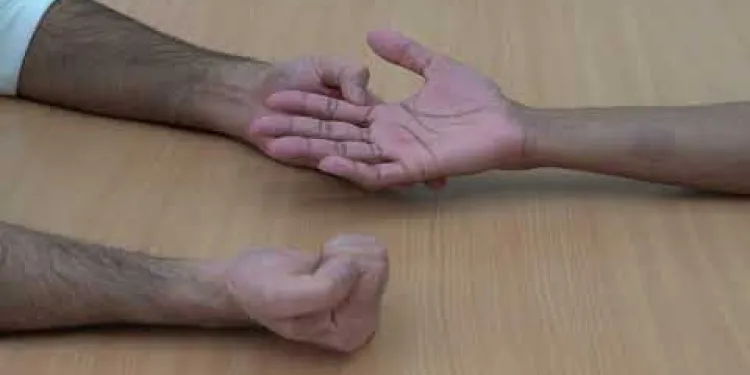
Trigger Finger exam
Relevance: 13%
-

Osteoarthritis of the Hip
Relevance: 13%
-

Shoulder pain | NHS
Relevance: 13%
-

What is Ibuprofen?
Relevance: 13%
-

Are there any long-term effects of Chikungunya infection?
Relevance: 12%
-

Part One: Understanding Osteoarthritis- MSK Physiotherapy
Relevance: 11%
-
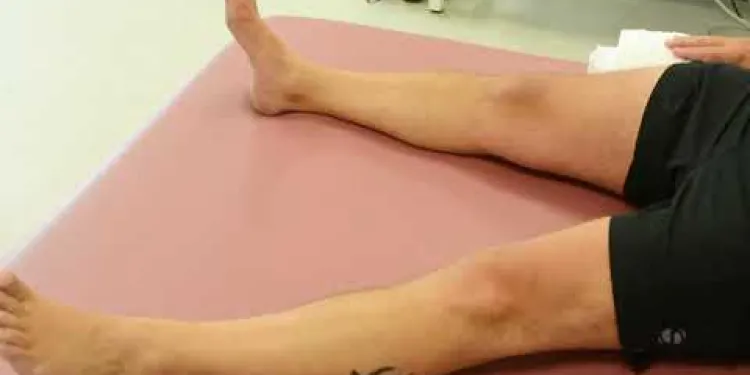
Joint School - Hip Exercises
Relevance: 11%
-

Can Ibuprofen be used to reduce inflammation?
Relevance: 11%
-
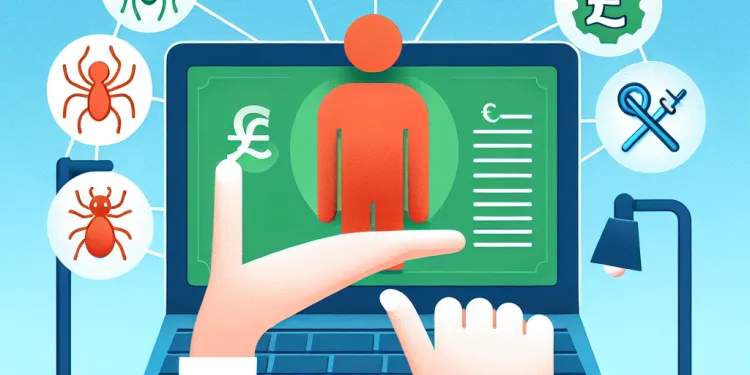
What are common symptoms of Lyme disease?
Relevance: 11%
-

What is Paracetamol?
Relevance: 11%
-

Total Knee Replacement
Relevance: 11%
-

Does Paracetamol reduce inflammation?
Relevance: 11%
-

What is a common use of paracetamol?
Relevance: 10%
-

Can exercises help with labor preparation?
Relevance: 10%
-

What are the potential benefits of CBD?
Relevance: 10%
-

What are the uses of cannabis extract?
Relevance: 10%
-

Osteoarthritis: Elaine's story | NHS
Relevance: 10%
-

What is psoriasis?
Relevance: 10%
-

What is a hip replacement?
Relevance: 9%
-
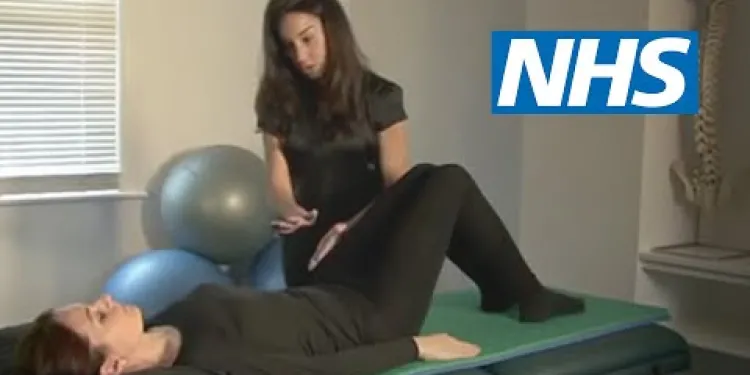
Exercises for sciatica: degenerative disc disease | NHS
Relevance: 9%
-
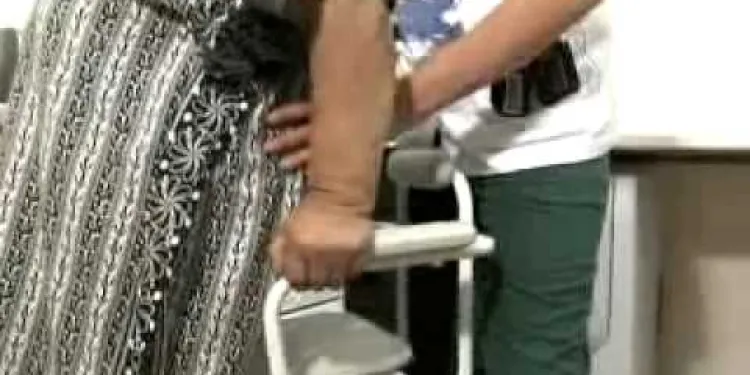
Total knee replacement
Relevance: 9%
-
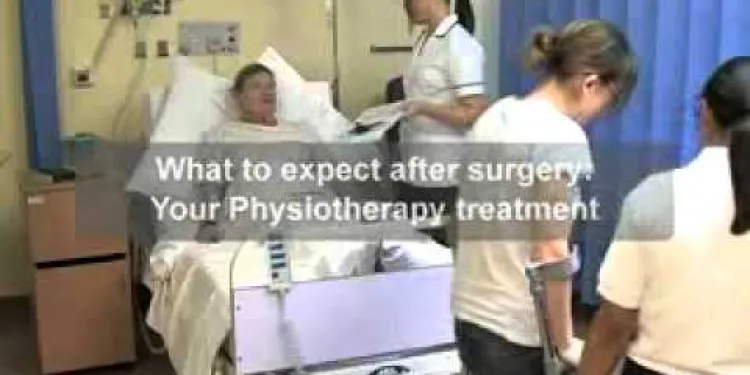
Total hip replacement
Relevance: 9%
-

Total Hip Replacement
Relevance: 9%
-

Osteoarthritis: Elaine's story | NHS
Relevance: 9%
-

Hip replacement
Relevance: 9%
-

How to treat back pain | NHS
Relevance: 9%
-

How do NSAIDs work to reduce pain?
Relevance: 9%
-
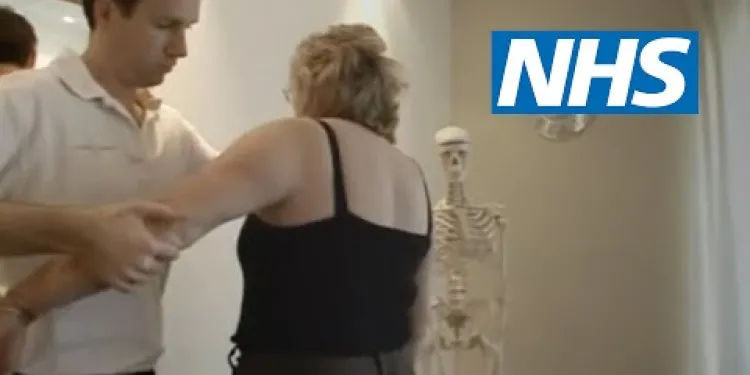
Shoulder pain | NHS
Relevance: 9%
-

How long do Chikungunya symptoms last?
Relevance: 8%
-

When should I see a doctor for psoriasis?
Relevance: 8%
Pilates for Arthritis | NHS
Introduction to Pilates
Pilates is a low-impact form of exercise that focuses on strength, flexibility, and overall bodily control. Developed by Joseph Pilates in the early 20th century, it has gained global recognition for its benefits to physical well-being. For individuals living with arthritis, Pilates can offer a gentle yet effective way to improve joint function, reduce stiffness, and enhance overall quality of life.
Benefits of Pilates for Arthritis
Pilates can be highly beneficial for individuals with arthritis. It emphasizes controlled movements and alignment, which can help reduce the stress on arthritic joints. Furthermore, the core-strengthening exercises can improve posture and balance, reducing the likelihood of falls—a common concern among arthritis sufferers. This form of exercise also promotes flexibility, making it easier to perform daily activities with minimal discomfort.
Getting Started with Pilates
It's advisable to consult with your GP before starting any new exercise regimen, especially if you have arthritis. The NHS may be able to refer you to a physiotherapist or fitness professional who specializes in arthritis-friendly exercise programs. Starting under the guidance of a trained instructor ensures that you learn the correct techniques and avoid any movements that could exacerbate your symptoms.
What to Expect in a Pilates Class
Pilates classes typically last between 45 minutes to an hour. They can be conducted in a group setting or one-on-one with a trainer. Classes often start with a warm-up, followed by exercises that involve controlled breathing, stretching, and strengthening routines. Many classes offer modifications to accommodate different fitness levels and limitations, ensuring that everyone can participate safely.
Incorporating Pilates into Your Routine
For best results, aim to practice Pilates at least two to three times a week. Consistency is key to reaping the full benefits, such as increased joint mobility and reduced pain. In the UK, there are numerous resources available through the NHS, local community centres, and private studios that offer Pilates classes tailored specifically for people with arthritis.
Conclusion
Pilates offers a promising avenue for managing arthritis symptoms and improving overall physical health. With its focus on controlled, low-impact movements, it is particularly suited for those seeking gentle yet effective exercise. Always consult your healthcare provider to ensure it is a suitable option for you. With professional guidance and regular practice, Pilates can become a valuable part of your arthritis management plan.
Pilates for Arthritis | NHS
Introduction to Pilates
Pilates is a type of exercise that is easy on the body. It helps make your muscles strong, your body flexible, and helps you control your movements. Joseph Pilates invented it in the early 1900s. Many people all over the world do Pilates to feel fitter. If you have arthritis, Pilates can help your joints move better, make you less stiff, and help you feel better overall.
Benefits of Pilates for Arthritis
Pilates is very helpful for people with arthritis. It helps you move carefully and keep your body in good positions. This means less strain on painful joints. Pilates also strengthens your tummy muscles. This helps you stand up straight and keep your balance, which means you are less likely to fall—a worry for many with arthritis. Pilates makes you more flexible, which helps you do everyday things more easily.
Getting Started with Pilates
Before you start Pilates, it's good to talk to your doctor, especially if you have arthritis. The NHS may help you find a physiotherapist or trainer who knows about exercises that are good for arthritis. Starting with a trained teacher is important. They help you learn the right way to do the exercises and make sure you don’t do anything that might hurt you.
What to Expect in a Pilates Class
Pilates classes usually last between 45 minutes to an hour. You can do them with a group or one-on-one with a trainer. Classes start with a warm-up. Then, you do exercises that include breathing, stretching, and strengthening. Many classes offer different options for exercises, so everyone can join in safely, no matter how fit they are.
Incorporating Pilates into Your Routine
To get the most benefit, try to do Pilates two to three times a week. Doing it regularly helps your joints move better and reduces pain. In the UK, you can find Pilates classes for people with arthritis at the NHS, community centers, and private studios.
Conclusion
Pilates is a great way to help manage arthritis and improve your health. It is gentle and focuses on careful movements, making it good if you want a safe way to exercise. Always talk to your doctor first to make sure it is right for you. With a professional to help and regular practice, Pilates can become an important part of how you handle arthritis.
Frequently Asked Questions
What is Pilates?
Pilates is a form of exercise that focuses on strengthening the body with an emphasis on core strength. This helps improve general fitness and overall well-being.
Can Pilates help with arthritis?
Yes, Pilates can help reduce pain and improve flexibility, strength, and posture, which can be particularly beneficial for those with arthritis.
Is Pilates safe for people with arthritis?
Yes, when practiced correctly and under guidance, Pilates is considered safe for individuals with arthritis. However, it's important to consult with a healthcare professional before starting any new exercise program.
What types of arthritis can benefit from Pilates?
Pilates can be beneficial for various types of arthritis including osteoarthritis and rheumatoid arthritis, as it helps improve joint function and pain management.
How often should I do Pilates to see benefits for arthritis?
It is generally recommended to practice Pilates 2-3 times per week to see noticeable benefits in managing arthritis symptoms.
Do I need any special equipment to do Pilates?
Basic Pilates can be done on a mat without any special equipment. However, certain exercises may use equipment like resistance bands, exercise balls, or Pilates machines for an enhanced workout.
Can I do Pilates at home, or should I attend classes?
Both options are viable. Beginners might benefit from attending classes led by a qualified instructor to ensure proper technique. Once confident, you can practice Pilates at home.
Is there a specific type of Pilates that is best for arthritis?
Mat Pilates, reformer Pilates, and clinical Pilates (tailored sessions often led by physiotherapists) can all be beneficial. The best type depends on your individual needs and fitness level.
What should I wear for Pilates?
Comfortable, form-fitting clothing that allows for a full range of motion is best for Pilates. This allows instructors to see your movements and ensure you're practicing correctly.
How does Pilates improve joint mobility?
Pilates includes exercises that gently stretch and strengthen muscles around the joints which can enhance mobility and reduce stiffness associated with arthritis.
Are there any specific exercises I should avoid if I have arthritis?
Certain high-impact or strenuous exercises may not be suitable. An instructor or physiotherapist can tailor exercises to avoid strain on affected joints while still providing benefits.
Can Pilates replace my current arthritis treatment plan?
Pilates should complement, not replace, your current arthritis treatment plan. Always follow the advice of your healthcare provider regarding treatment and management practices.
How can I find a qualified Pilates instructor in the UK?
Look for instructors who have specific training or experience in working with people with arthritis. You can search online directories or ask for recommendations from healthcare providers.
What are the long-term benefits of practicing Pilates for arthritis?
Long-term benefits of Pilates for arthritis include reduced pain, improved joint function, better posture, enhanced flexibility, and a stronger core.
Is Pilates suitable for people of all ages with arthritis?
Yes, Pilates can be adapted for all ages and fitness levels. It is important to consult with a healthcare professional and possibly work with a qualified instructor to ensure the exercises are appropriate for your specific condition.
What is Pilates?
Pilates is a way to exercise. It helps make your body strong. It can help you move better. Pilates makes your muscles stronger and helps you stretch.
You can do Pilates at home or in a class. You might use mats or special equipment.
Try to ask a teacher to help you at first. Videos or apps can help you learn too.
Pilates is a type of exercise. It helps make your body strong. It is good for your tummy muscles. Pilates helps you get fit and feel better.
Can Pilates help if you have arthritis?
Pilates is a type of exercise. It can be good for your body. If you have arthritis, Pilates might help you move more easily. It can make your muscles stronger. It can also help with pain.
If you want to try Pilates, you can:
- Find a special Pilates class for people with arthritis.
- Ask your doctor if Pilates is right for you.
- Use videos made for beginners to learn at home.
Yes, Pilates can help make pain better. It can also help you move more easily, make your body stronger, and help you stand up straight. This is really good for people who have arthritis.
Some helpful tools and tips you can use are:
- Follow simple Pilates videos online.
- Use a yoga mat to stay comfortable on the floor.
- Ask your doctor if Pilates is okay for you.
Can people with arthritis do Pilates safely?
Pilates is a kind of exercise. It helps make muscles stronger and gives the body better balance. People with arthritis can often do Pilates. But it is important to talk to a doctor before starting. A doctor can tell if Pilates is okay for you. If you start Pilates, go slow and listen to your body. Stop if it hurts.
Using a soft mat can help. There are videos and classes for people learning Pilates. These can show you how to do exercises correctly. It is a good idea to have a teacher who knows about arthritis. They can help choose the right exercises for you.
Yes, Pilates can be safe for people with arthritis if done the right way and with help from a teacher. But, it's really important to talk to a doctor before starting any new exercises.
How can Pilates help with arthritis?
Pilates is a type of exercise. It can help people with arthritis feel better.
Here are two types of arthritis:
- Osteoarthritis: This is when the joints wear out over time.
- Rheumatoid arthritis: This is when the body's defenses attack the joints by mistake.
Doing Pilates can make the joints stronger and less painful. It can also help you move more easily.
If you have arthritis, ask your doctor if Pilates is safe for you.
Some helpful tools are:
- Videos showing how to do Pilates
- Classes with a teacher who knows about arthritis
These can help you do the exercises the right way.
Pilates is good for people with arthritis. It can help if you have osteoarthritis or rheumatoid arthritis. Pilates makes your joints work better and can help with pain.
How often should I do Pilates to help with arthritis?
Pilates is a type of exercise that can help if you have arthritis. To feel better, try to do Pilates a few times each week. Start slowly and see how your body feels.
Here are some tips to make it easier:
- Join a class with a teacher who can show you what to do.
- Watch videos for beginners to learn at home.
- Use a soft mat for comfort.
- Talk to your doctor before starting any new exercise.
Remember, it's okay to take breaks and listen to your body.
Doing Pilates 2-3 times a week can help you feel better if you have arthritis.
Do I need special things for Pilates?
You do not need many things to do Pilates. Here are some things that can help:
- A mat to sit or lie on.
- Comfy clothes so you can move easily.
- A small ball or a stretchy band (but these are not a must).
You can start with just your body and a mat. You can also try following a Pilates video.
You can do easy Pilates on a soft mat. You don't need any special tools. But sometimes, people use things like stretchy bands, bouncy balls, or special Pilates machines to make the exercises harder and more fun.
Can I do Pilates at home, or should I go to classes?
You can do Pilates at home or in a class. Both are okay. Here are some tips to help you decide:
- At Home: Try following a video or asking someone to help you. You need some space to move.
- In a Class: You will have a teacher to help you. It's also fun to be with other people.
Use pictures and videos to understand better. Ask someone you trust if you need help. Remember, both ways are good for you!
You can choose either option. If you are just starting, it might help to go to classes with a good teacher. They will show you the right way to do Pilates. When you feel ready, you can do Pilates at home.
What kind of Pilates is good for arthritis?
If you have arthritis, some Pilates exercises might help. Pilates can make your muscles stronger and help your joints move better.
Here’s what can help:
- Gentle Pilates classes are good. They are slow and careful with your body.
- Look for a teacher who knows about arthritis. They can help you do the exercises safely.
If you need help, you can:
- Watch easy videos online to see how to do Pilates.
- Ask a friend to do Pilates with you.
There are different kinds of Pilates. Mat Pilates, reformer Pilates, and clinical Pilates are some of them. Clinical Pilates is often done with a physiotherapist. All of these can be good for you.
The best one for you depends on what you need and how fit you are. Choose what feels right for you!
Some helpful things are watching videos, using an app, or asking a teacher to help you understand better.
What clothes should I wear for Pilates?
When you do Pilates, wear clothes that are stretchy and comfortable.
Here are some good ideas:
- Wear a t-shirt or tank top.
- Put on leggings or shorts.
- Make sure your clothes are not too loose so the teacher can see your movements.
You can do Pilates with bare feet. This helps with balance.
If you want help choosing clothes, you can ask a friend or look at pictures online.
Wear comfy clothes that fit well for Pilates. Make sure you can move easily. This helps your teacher see how you move and make sure you are doing it right.
How does Pilates help your joints move better?
Pilates is exercise. It helps your body feel good and strong.
When you do Pilates, you stretch and move your body. This helps your joints. Joints are the places where two bones meet, like your knees or elbows.
Pilates makes your joints move smoothly. This is called mobility. When your joints move well, you can bend, stretch, and move easily.
To make Pilates easier, you can:
- Watch videos that show how to do it.
- Use pictures to follow the exercises.
These tools can help you learn Pilates.
Pilates is made up of exercises that stretch and make your muscles stronger around your joints. This can help you move better and make your joints less stiff if you have arthritis.
What exercises should I not do if I have arthritis?
If you have arthritis, some exercises might hurt you. Always talk to your doctor first.
Here are some tips:
- Avoid exercises that make your joints hurt more.
- Do not lift heavy weights.
- Stay away from running on hard surfaces.
It's good to use tools that help, like:
- Cushioned shoes for comfort.
- Support braces for weak joints.
Remember to go slow and listen to your body. Take breaks when needed. Exercise can help, but be careful and safe.
Some hard or tough exercises might not be good for everyone. A coach or a physiotherapist can help make special exercises that don't hurt your joints but still help you get stronger.
Can Pilates be my new plan for arthritis treatment?
Pilates can help with arthritis, but it should not replace your current treatment plan. Always listen to your doctor and follow their advice for managing arthritis.
How can I find a good Pilates teacher in the UK?
Finding a good Pilates teacher can help you learn safely. Here is how you can find one:
1. Ask for help: Talk to friends or family. They might know a good teacher.
2. Use the internet: Search online for Pilates teachers near you. Use websites like Google or Bing.
3. Check qualifications: Make sure the teacher has the right training. Check if they have certificates or awards.
4. Read reviews: Look at what other people say about the teacher. This can help you decide.
5. Try a class: Go to a class to see if you like the teacher. It’s okay to try a few classes first.
Remember, choosing the right teacher can help you enjoy and learn Pilates better!
Find teachers who know how to help people with arthritis. You can look on the internet or ask doctors and nurses for ideas.
How can doing Pilates help if you have arthritis?
Pilates is a type of exercise. It can help people who have arthritis. Here are some ways Pilates can be good for you:
- Makes Muscles Stronger: Pilates helps your muscles get stronger. Strong muscles can support your joints and make moving easier.
- Better Movement: Pilates helps you move more smoothly. It can make bending and stretching easier.
- Less Pain: Doing Pilates can help make pain smaller and help you feel better.
- Good Balance: Pilates helps you have good balance so you won't fall down easily.
- Feel Happy: Exercise like Pilates can make you feel happier and less stressed.
If you are new to Pilates, try these tips:
- Ask a Teacher: A Pilates teacher can show you the right way to do exercises.
- Start Slowly: Do a little at first and rest if you need to.
- Use Soft Mats: Doing exercises on a soft mat can be more comfortable.
Pilates can help people with arthritis in many ways. It can make pain go away, help joints move better, make you stand up straighter, make your body bend and stretch more, and make your tummy muscles stronger.
Here are some tips to help you do Pilates:
- Take it slow. Don't rush while doing the exercises.
- Breathe deeply. It helps you relax.
- Use a chair or wall for support if you need it.
- Try following an easy video or app for guidance.
Can people of all ages with arthritis do Pilates?
Pilates is a gentle exercise. It can help people who have arthritis. People of all ages can try Pilates. It helps to make your body strong and flexible. If you have arthritis, talk to your doctor first.
Here are some tips to help you get started:
- Join a class with a good teacher.
- Start slowly and take breaks if you need them.
- Wear comfy clothes you can move in.
- Use a soft mat for extra comfort.
- Listen to your body and stop if it hurts.
- Find videos or books to learn more.
Yes, people of all ages and fitness levels can do Pilates. It's a good idea to talk to a doctor first. You might also want to get help from a trained teacher to make sure the exercises are right for you.
Useful Links
- Ergsy carfully checks the information in the videos we provide here.
- Videos shown by Youtube after a video has completed, have NOT been reviewed by ERGSY.
- To view, click the arrow in centre of video.
- Most of the videos you find here will have subtitles and/or closed captions available.
- You may need to turn these on, and choose your preferred language.
- Go to the video you'd like to watch.
- If closed captions (CC) are available, settings will be visible on the bottom right of the video player.
- To turn on Captions, click settings .
- To turn off Captions, click settings again.
More Items From Ergsy search
-

Pilates for Arthritis | NHS
Relevance: 100%
-

Can I do Pilates while pregnant?
Relevance: 52%
-

Reactive arthritis
Relevance: 49%
-

Pilates for back pain: Standing on one leg | NHS
Relevance: 46%
-

Rheumatoid arthritis | NHS
Relevance: 45%
-

Can chiropractic care help with arthritis?
Relevance: 43%
-

Pilates for back pain: Seated waist twist | NHS
Relevance: 41%
-

Pilates for back pain: Seated waist twist | NHS
Relevance: 40%
-

What exercises can I do during pregnancy?
Relevance: 19%
-

What role do chronic conditions play in driving risks for seniors?
Relevance: 14%
-

Trigger Finger exam
Relevance: 13%
-

Osteoarthritis of the Hip
Relevance: 13%
-

Shoulder pain | NHS
Relevance: 13%
-

What is Ibuprofen?
Relevance: 13%
-

Are there any long-term effects of Chikungunya infection?
Relevance: 12%
-

Part One: Understanding Osteoarthritis- MSK Physiotherapy
Relevance: 11%
-

Joint School - Hip Exercises
Relevance: 11%
-

Can Ibuprofen be used to reduce inflammation?
Relevance: 11%
-

What are common symptoms of Lyme disease?
Relevance: 11%
-

What is Paracetamol?
Relevance: 11%
-

Total Knee Replacement
Relevance: 11%
-

Does Paracetamol reduce inflammation?
Relevance: 11%
-

What is a common use of paracetamol?
Relevance: 10%
-

Can exercises help with labor preparation?
Relevance: 10%
-

What are the potential benefits of CBD?
Relevance: 10%
-

What are the uses of cannabis extract?
Relevance: 10%
-

Osteoarthritis: Elaine's story | NHS
Relevance: 10%
-

What is psoriasis?
Relevance: 10%
-

What is a hip replacement?
Relevance: 9%
-

Exercises for sciatica: degenerative disc disease | NHS
Relevance: 9%
-

Total knee replacement
Relevance: 9%
-

Total hip replacement
Relevance: 9%
-

Total Hip Replacement
Relevance: 9%
-

Osteoarthritis: Elaine's story | NHS
Relevance: 9%
-

Hip replacement
Relevance: 9%
-

How to treat back pain | NHS
Relevance: 9%
-

How do NSAIDs work to reduce pain?
Relevance: 9%
-

Shoulder pain | NHS
Relevance: 9%
-

How long do Chikungunya symptoms last?
Relevance: 8%
-

When should I see a doctor for psoriasis?
Relevance: 8%


